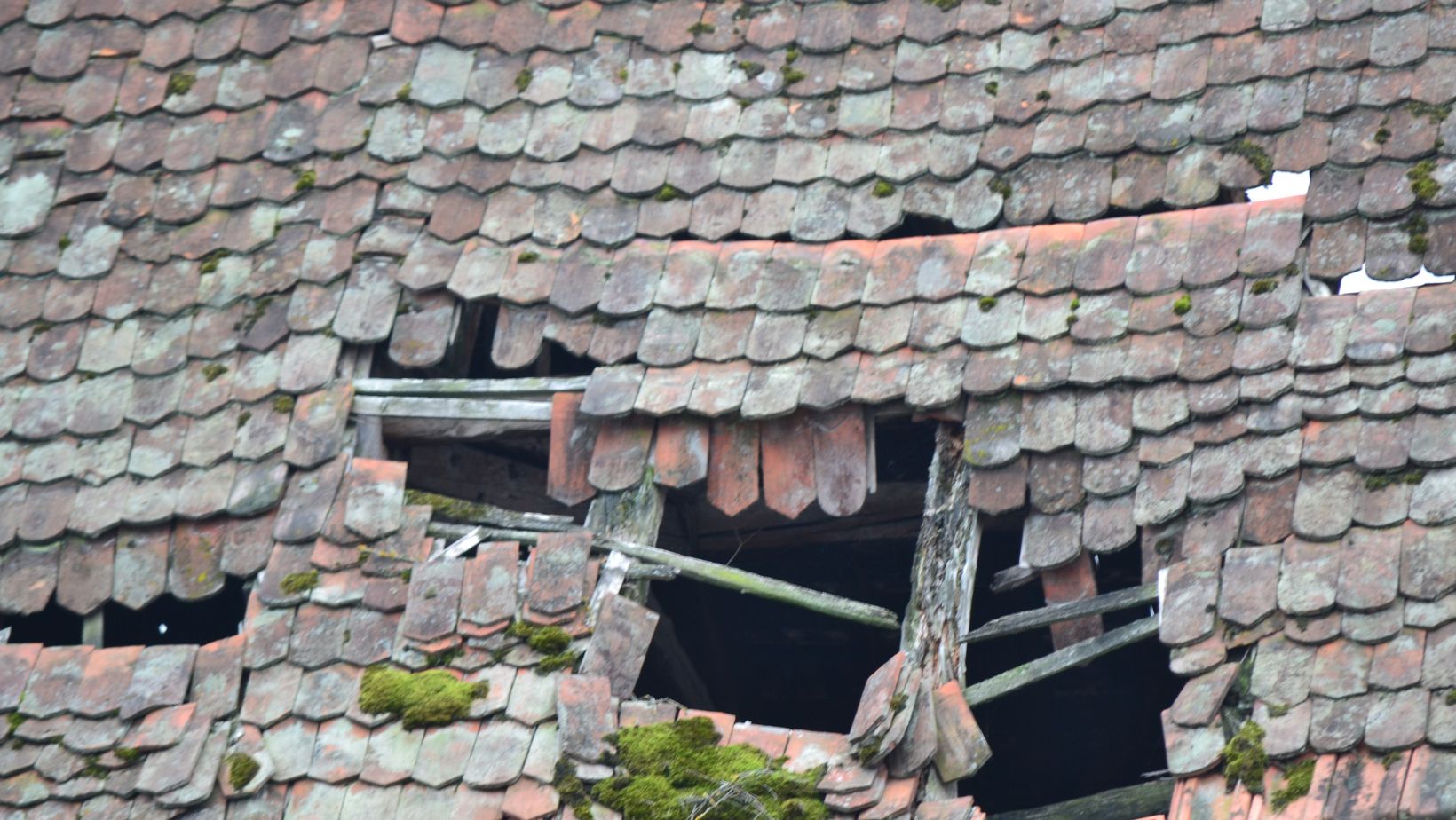
Your roof is one of the most important parts of your home, protecting you from the elements while adding value and curb appeal. Understanding its lifespan is essential to avoid costly repairs or unexpected replacements.
Different roofing materials, such as asphalt shingles, metal, or tile, have varying lifespans, with factors like weather exposure, maintenance, and installation quality playing significant roles.
Extending the life of your roof requires proper care, while knowing the signs of wear ensures timely replacement when necessary. With the right knowledge and proactive steps, you can keep your roof in quality shape for years to come.
Factors That Affect Roof Lifespan
Several factors influence how long a roof will last, making it essential to understand what impacts its durability:
- Climate and Weather Exposure: Harsh conditions, such as heavy snow, strong winds, or intense UV rays, can wear down roofing materials faster.
- Roofing Material Quality: High-quality materials, like metal or slate, tend to last longer than basic asphalt shingles.
- Installation Quality: Proper installation ensures the roof performs as intended, while poor workmanship can lead to premature failure.
- Maintenance Frequency: Regular cleaning, inspections, and repairs can prevent small issues from becoming major problems.
- Roof Design and Slope: Steeper roofs shed water better, reducing the risk of damage from pooling, while flat roofs may require more upkeep.
Signs Your Roof Needs Replacement
Recognizing the signs of a failing roof can help you avoid costly damage to your home. Look out for the following indicators:
- Leaks or Water Damage: Persistent leaks, water stains on ceilings, or damp spots in the attic signal that your roof may no longer provide adequate protection.
- Damaged Shingles: Missing, cracked, curled, or blistering shingles are clear signs of wear and tear.
- Sagging Roof: A sagging structure indicates potential structural damage, often caused by water accumulation or weakened supports.
- Mold, Algae, or Moss Growth: Excessive growth can trap moisture and cause further deterioration of roofing materials.
- Age of the Roof: If your roof is nearing or exceeding the expected lifespan for its material type, replacement should be considered.
Addressing these issues promptly can help you determine whether repair or replacement is the best solution for your roof.
When Replacement Is the Best Option
Sometimes, replacing your roof is the most practical and cost-effective solution, especially when repairs are no longer sufficient. If you find yourself constantly addressing leaks, missing shingles, or other recurring issues, it’s likely time to consider a full replacement. Frequent repairs can quickly add up, and investing in a new roof may save you money in the long run.
Severe damage, such as sagging or extensive water infiltration, poses safety risks and often cannot be resolved through simple fixes. If your roof has surpassed its expected lifespan—such as 20–30 years for asphalt shingles—it becomes more prone to failure, even if it appears intact. An outdated roof may also lack energy efficiency, leading to higher heating and cooling costs.
Replacing it with modern, energy-efficient materials can improve insulation and reduce energy bills. For homeowners planning to sell, a new roof can significantly enhance curb appeal and increase property value, making it a worthwhile investment.

Ultimately, replacing your roof at the right time ensures a safe, durable, and efficient home while providing peace of mind.
Tips to Extend Roof Lifespan
Taking proactive steps can help you get the most out of your roof while avoiding costly replacements. Consider these tips:
- Schedule Regular Inspections: Inspect your roof annually and after major storms to catch small issues before they escalate.
- Clean Debris and Remove Growth: Clear leaves, branches, moss, and algae to prevent moisture retention and damage to materials.
- Fix Problems Quickly: Address minor repairs, like replacing damaged shingles or sealing small leaks, to avoid bigger issues later.
- Ensure Proper Ventilation: Adequate attic ventilation reduces moisture buildup, preventing rot and extending the life of your roof.
- Invest in Quality Materials: Durable materials and professional installation can significantly increase your roof’s lifespan.
Hiring a Roofing Professional
Hiring a skilled roofing professional ensures your roof is repaired, maintained, or replaced with precision and care. Start by researching reputable contractors who are licensed, insured, and experienced with your specific roofing material. Check online reviews, request referrals, and verify their credentials. Comparing estimates from multiple contractors can help you find the right balance of cost and quality.
Look for roofers certified by manufacturers, as this guarantees proper installation and ensures material warranties remain valid. Always ask about warranties, including coverage for both materials and workmanship, to protect your investment. Reviewing the contractor’s portfolio and speaking with past clients can provide insights into their reliability and the quality of their work.

A professional roofer brings expertise to every step of the process, from inspections and repairs to full replacements, ensuring your roof is durable, efficient, and built to last. Properly choosing a contractor saves time, money, and stress.
Conclusion
Your roof plays a critical role in protecting your home, and understanding its lifespan is key to maintaining its performance and value. By recognizing factors that affect durability, staying alert to signs of wear, and performing regular maintenance, you can extend the life of your roof significantly.
When replacement becomes unavoidable, investing in quality materials and hiring a skilled professional ensures a safe and long-lasting solution. Proactive care and timely decisions not only safeguard your home but also save you money and stress in the long run.
